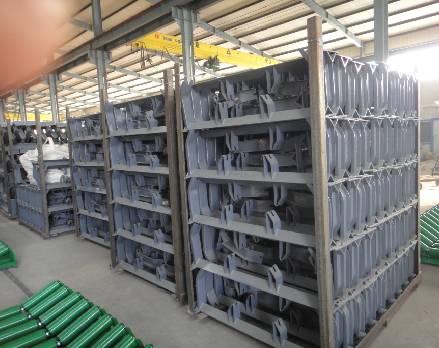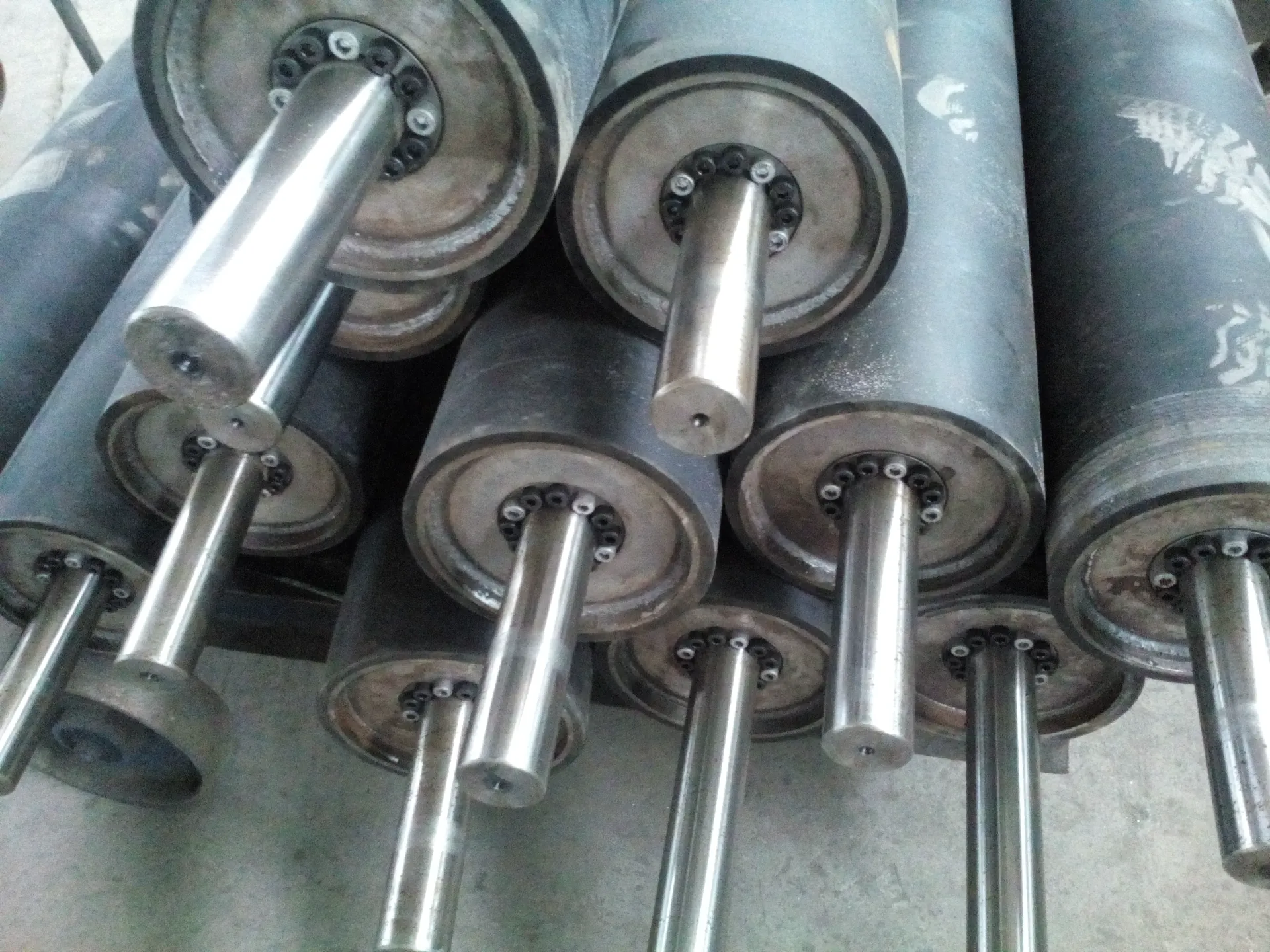 Afrikaans
Afrikaans  Albanian
Albanian  Amharic
Amharic  Arabic
Arabic  Armenian
Armenian  Azerbaijani
Azerbaijani  Basque
Basque  Belarusian
Belarusian  Bengali
Bengali  Bosnian
Bosnian  Bulgarian
Bulgarian  Catalan
Catalan  Cebuano
Cebuano  Corsican
Corsican  Croatian
Croatian  Czech
Czech  Danish
Danish  Dutch
Dutch  English
English  Esperanto
Esperanto  Estonian
Estonian  Finnish
Finnish  French
French  Frisian
Frisian  Galician
Galician  Georgian
Georgian  German
German  Greek
Greek  Gujarati
Gujarati  Haitian Creole
Haitian Creole  hausa
hausa  hawaiian
hawaiian  Hebrew
Hebrew  Hindi
Hindi  Miao
Miao  Hungarian
Hungarian  Icelandic
Icelandic  igbo
igbo  Indonesian
Indonesian  irish
irish  Italian
Italian  Japanese
Japanese  Javanese
Javanese  Kannada
Kannada  kazakh
kazakh  Khmer
Khmer  Rwandese
Rwandese  Korean
Korean  Kurdish
Kurdish  Kyrgyz
Kyrgyz  Lao
Lao  Latin
Latin  Latvian
Latvian  Lithuanian
Lithuanian  Luxembourgish
Luxembourgish  Macedonian
Macedonian  Malgashi
Malgashi  Malay
Malay  Malayalam
Malayalam  Maltese
Maltese  Maori
Maori  Marathi
Marathi  Mongolian
Mongolian  Myanmar
Myanmar  Nepali
Nepali  Norwegian
Norwegian  Norwegian
Norwegian  Occitan
Occitan  Pashto
Pashto  Persian
Persian  Polish
Polish  Portuguese
Portuguese  Punjabi
Punjabi  Romanian
Romanian  Russian
Russian  Samoan
Samoan  Scottish Gaelic
Scottish Gaelic  Serbian
Serbian  Sesotho
Sesotho  Shona
Shona  Sindhi
Sindhi  Sinhala
Sinhala  Slovak
Slovak  Slovenian
Slovenian  Somali
Somali  Spanish
Spanish  Sundanese
Sundanese  Swahili
Swahili  Swedish
Swedish  Tagalog
Tagalog  Tajik
Tajik  Tamil
Tamil  Tatar
Tatar  Telugu
Telugu  Thai
Thai  Turkish
Turkish  Turkmen
Turkmen  Ukrainian
Ukrainian  Urdu
Urdu  Uighur
Uighur  Uzbek
Uzbek  Vietnamese
Vietnamese  Welsh
Welsh  Bantu
Bantu  Yiddish
Yiddish  Yoruba
Yoruba  Zulu
Zulu Jan . 14, 2025 10:29
Back to list
Slagging Pulley(Heavy Duty)
Choosing the right conveyor belt pulley type is crucial for optimizing the efficiency and longevity of a conveyor belt system. With numerous pulley types available, each suited for specific applications, understanding their differences can be the key to success in materials handling. This guide provides in-depth insights into various conveyor belt pulley types based on technical expertise and real-world applications, thereby enhancing your knowledge and confidence in making informed choices.
4. Lagged Pulleys Lagged pulleys are drum pulleys covered with a material like rubber or ceramic to increase friction between the belt and pulley. This design mitigates belt slippage and optimizes power transmission, which is critical when handling heavy loads. Lagging materials are chosen based on rigorous expert assessments of operating conditions, such as temperature and moisture levels. Many conveyor systems, particularly in mining sectors, trust lagged pulleys to function reliably despite environmental challenges. 5. Snub Pulleys These pulleys are employed to increase the wrap angle of a conveyor's head or tail pulley, thus enhancing the tension on the belt. They are positioned close to the drive pulley and can significantly extend the life of conveyor belts by alleviating undue stress. The expertise required to position snub pulleys correctly underscores their importance in intricate belt systems. 6. Take-Up Pulleys Crucial for maintaining consistent tension in a conveyor belt, take-up pulleys adjust to the dynamics of operation. Leveraging sophisticated tensioning mechanisms, these pulleys prevent slack and ensure seamless operation. Such systems require installation precision and ongoing adjustments, a task suited for those deeply familiar with material handling technologies. In conclusion, selecting the appropriate conveyor belt pulley type involves understanding specific operational demands and the conditions under which your conveyor system operates. Through specialized knowledge and practical experiences, each pulley type offers unique advantages. A well-informed choice not only enhances system efficiency but also fortifies the trust and reliability of your material handling solutions. As trends in conveyor technology evolve, staying informed about the capabilities of each pulley type ensures your operations remain cutting-edge and competitive.


4. Lagged Pulleys Lagged pulleys are drum pulleys covered with a material like rubber or ceramic to increase friction between the belt and pulley. This design mitigates belt slippage and optimizes power transmission, which is critical when handling heavy loads. Lagging materials are chosen based on rigorous expert assessments of operating conditions, such as temperature and moisture levels. Many conveyor systems, particularly in mining sectors, trust lagged pulleys to function reliably despite environmental challenges. 5. Snub Pulleys These pulleys are employed to increase the wrap angle of a conveyor's head or tail pulley, thus enhancing the tension on the belt. They are positioned close to the drive pulley and can significantly extend the life of conveyor belts by alleviating undue stress. The expertise required to position snub pulleys correctly underscores their importance in intricate belt systems. 6. Take-Up Pulleys Crucial for maintaining consistent tension in a conveyor belt, take-up pulleys adjust to the dynamics of operation. Leveraging sophisticated tensioning mechanisms, these pulleys prevent slack and ensure seamless operation. Such systems require installation precision and ongoing adjustments, a task suited for those deeply familiar with material handling technologies. In conclusion, selecting the appropriate conveyor belt pulley type involves understanding specific operational demands and the conditions under which your conveyor system operates. Through specialized knowledge and practical experiences, each pulley type offers unique advantages. A well-informed choice not only enhances system efficiency but also fortifies the trust and reliability of your material handling solutions. As trends in conveyor technology evolve, staying informed about the capabilities of each pulley type ensures your operations remain cutting-edge and competitive.
Latest news
-
Revolutionizing Conveyor Reliability with Advanced Rubber Lagging PulleysNewsJul.22,2025
-
Powering Precision and Durability with Expert Manufacturers of Conveyor ComponentsNewsJul.22,2025
-
Optimizing Conveyor Systems with Advanced Conveyor AccessoriesNewsJul.22,2025
-
Maximize Conveyor Efficiency with Quality Conveyor Idler PulleysNewsJul.22,2025
-
Future-Proof Your Conveyor System with High-Performance Polyurethane RollerNewsJul.22,2025
-
Driving Efficiency Forward with Quality Idlers and RollersNewsJul.22,2025
OUR PRODUCTS





























